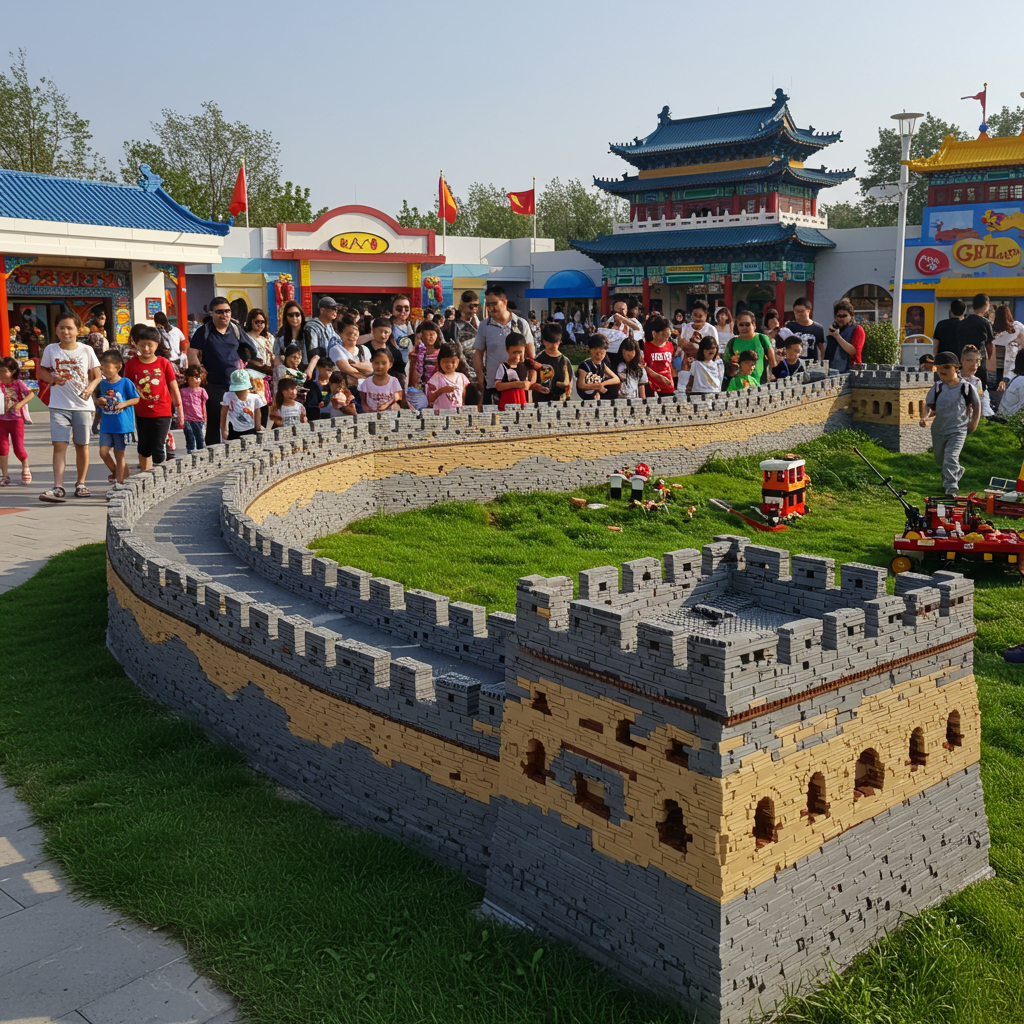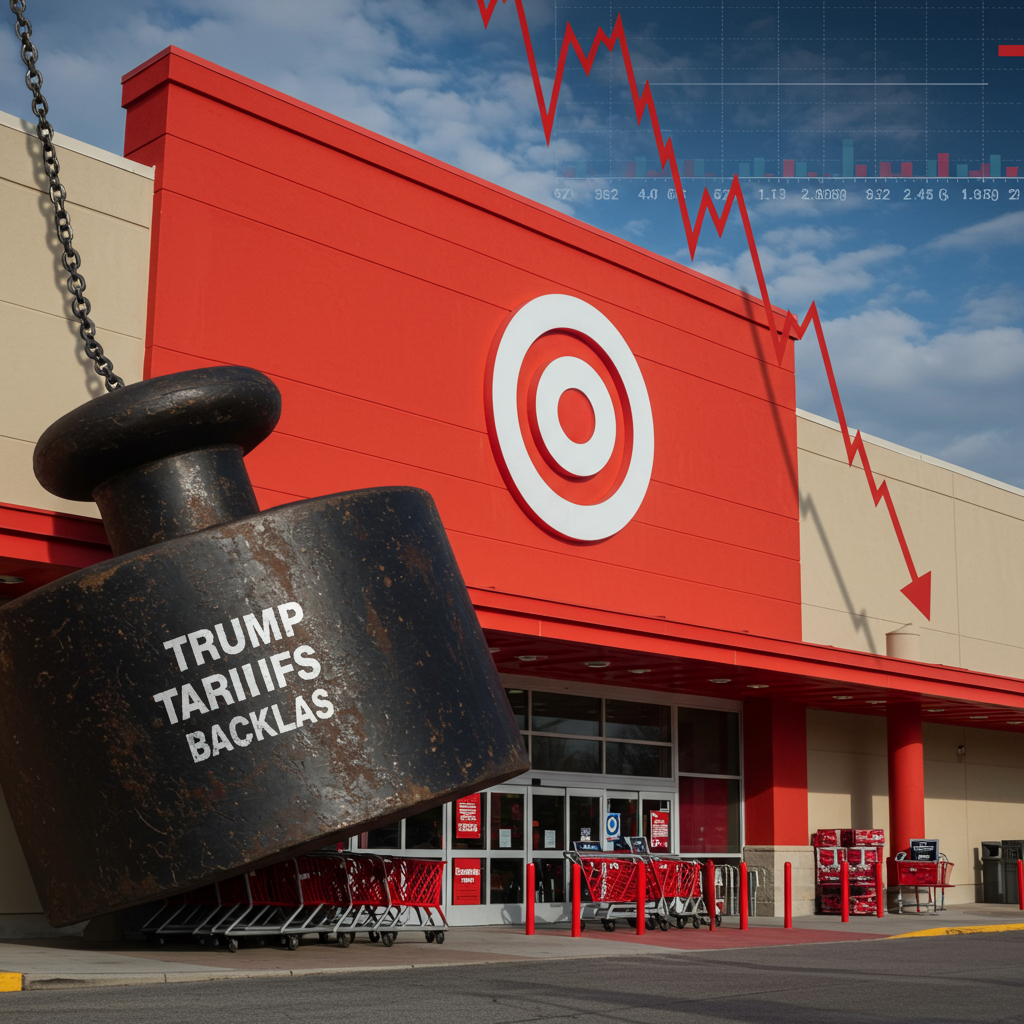China’s premier legoland resort is making waves with a remarkable new attraction: a giant replica of the iconic great Wall of China, constructed entirely from LEGO bricks. This ambitious project aims to draw visitors by blending global brand appeal with deep local cultural resonance. Launching such a significant build signals the park’s strategy to create compelling, unique experiences designed to capture the attention of domestic tourists. It comes at a time when many consumers across the country are reportedly facing economic pressures, making leisure spending decisions more considered. The LEGO Great Wall stands as a bold statement, attempting to prove that Legoland offers undeniable value and a must-see spectacle.
A Masterpiece of Miniature
Imagine the sheer scale and detail involved in recreating a structure as vast and complex as the Great Wall using countless tiny plastic bricks. The planned LEGO Great Wall replica is set to be a central highlight of the park, likely featuring intricate sections, watchtowers, and dynamic landscaping depicted in miniature form. Builders dedicate thousands of hours to such large-scale models. The use of LEGO bricks allows for incredible precision and vibrant visual storytelling. This kind of attraction appeals to both children and adults, sparking imagination and appreciation for engineering and design. It’s a testament to the creative potential of LEGO.
Crafting Iconic Landmarks in LEGO
Replicating world-famous landmarks is a staple of Legoland parks globally, often found in the park’s “Miniland” area. However, building a structure as significant as the Great Wall suggests it might be a standalone, major attraction. This moves beyond a simple miniature display. The meticulous process involves designers studying the real structure, planning the build brick by brick, and then assembling the colossal model. Special elements and techniques are often used to add realism and texture. It’s a true feat of LEGO artistry.
Why the Great Wall? Tapping into Local Pride
Choosing the Great Wall is a highly strategic decision for Legoland in China. The Great Wall is not just a structure; it’s a powerful symbol of Chinese history, resilience, and national identity. Building a LEGO version taps directly into this deep cultural significance. It offers visitors a chance to see a beloved national icon reinterpreted in a playful, accessible format. This resonates strongly with local audiences, fostering a sense of pride and connection to the attraction.
Connecting Global Brands with Local Culture
For international brands like Legoland, successfully integrating local culture is crucial for success in markets like China. The LEGO Great Wall is a prime example of this localization strategy in action. It demonstrates respect for and understanding of the host country’s heritage. This approach makes the park feel less like a purely foreign import and more like a place designed with Chinese visitors specifically in mind. It creates a unique selling proposition that competitors might find hard to replicate. This cultural nod is key to attracting the domestic market.
China’s Dynamic Theme Park Landscape
The theme park industry in China is incredibly competitive, with both international players and large domestic developers vying for market share. Cities across China boast impressive parks, from thrilling roller coasters to immersive cultural experiences. Legoland’s entry, particularly its first full resort, adds a major new player. Success depends heavily on offering differentiated experiences that justify the ticket price. The decision to build a unique, locally relevant attraction like the LEGO Great Wall is a direct response to this competitive environment. It’s about standing out from the crowd.
Attracting Consumers in a Shifting Economy
The report mentioning “under-pressure consumers” highlights the current economic climate’s impact on leisure spending. Families might be more cautious about discretionary expenses like theme park tickets. In this context, attractions need to offer exceptional value. A massive, culturally significant LEGO model serves as a strong hook. It provides bragging rights, unique photo opportunities, and a story element that makes the visit feel more substantial than just standard rides. It’s a way to make the park visit feel essential, not merely optional. This addresses the specific challenge of economic headwinds.
Planning Your Visit to China’s First Legoland
While details about the specific Legoland park are needed for a complete guide (likely in Shanghai or a similar major hub), general advice for visiting a large theme park applies. Booking tickets online in advance is almost always recommended. This often saves money and guarantees entry, especially during peak seasons. Checking the park’s official website for opening hours, ride closures, and show schedules is vital for planning your day. Consider visiting on weekdays if possible to avoid the largest crowds. Download the park’s app (if available) for maps, wait times, and mobile ordering.
Maximizing Your Legoland Experience
Beyond the headline attraction like the LEGO Great Wall, Legoland parks offer a wealth of activities. Explore different themed lands, enjoy thrilling rides suitable for families, and participate in building workshops. Don’t miss the detailed Miniland areas featuring cityscapes built from LEGOs. Plan time for character meet-and-greets and live shows. Packing snacks and water can be helpful, though food options are available throughout the park. Remember comfortable shoes – you’ll be doing lots of walking! Thinking strategically about your day ensures you see everything you want.
The Bigger Picture: Tourism and Economic Recovery
The launch of significant new attractions like the LEGO Great Wall also plays into broader economic recovery efforts, particularly in the tourism sector. Domestic tourism is a key driver of consumption in China. Investing in high-profile attractions encourages families to travel domestically. This supports local economies, creates jobs, and stimulates spending on accommodation, dining, and transport. The success of Legoland and its new attraction can serve as a barometer for consumer confidence and the health of the leisure industry. It’s more than just a theme park; it’s an economic indicator.
Future Outlook for Theme Parks in China
The long-term prospects for theme parks in China remain strong, driven by a large and growing middle class seeking quality entertainment. However, the market demands constant innovation and relevance. Attractions that successfully blend international standards with local tastes and values are best positioned for success. The LEGO Great Wall strategy points towards a future where cultural integration becomes increasingly important for global entertainment brands operating in the region. Parks must evolve to meet changing consumer expectations and economic realities.
Frequently Asked Questions
What is the LEGO Great Wall replica attraction?
The LEGO Great Wall replica is a major new installation planned for China’s first Legoland resort. It is a large-scale model of the famous Great Wall of China, meticulously constructed using millions of LEGO bricks. This attraction is designed to be a visually impressive and culturally resonant centerpiece, blending the global appeal of Legoland with a powerful symbol of Chinese heritage to attract visitors.
Which Legoland is considered China’s first resort?
While there were earlier Legoland Discovery Centers, the first full-scale Legoland resort in China is located in Shanghai. This resort features multiple themed lands, rides, shows, and the signature Miniland area. The development of major attractions like the LEGO Great Wall replica is typically associated with these larger, destination-style parks like the Shanghai Legoland Resort.
How does building the LEGO Great Wall help attract consumers facing economic pressure?
In times of economic uncertainty, consumers carefully consider leisure spending. The LEGO Great Wall offers a unique, high-profile, and culturally relevant experience that serves as a powerful draw. By featuring a beloved national icon built with LEGOs, it creates strong interest and perceived value, making a visit feel like a significant, worthwhile event rather than a casual outing. It targets domestic pride and offers a distinct reason to visit the park.
The development of the LEGO Great Wall replica at China’s first Legoland is a fascinating example of strategic theme park development. It cleverly combines a globally recognized brand with a deeply meaningful national symbol. This approach is clearly aimed at maximizing appeal within the domestic market, particularly relevant given current economic conditions affecting consumer spending. The success of this attraction will be watched closely as an indicator of how major entertainment venues are adapting to the evolving Chinese tourism landscape. It’s a testament to the power of localization and creating truly unique experiences.




